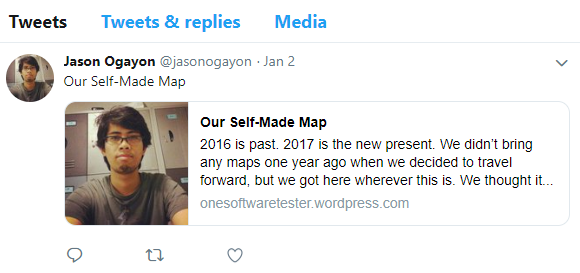I wrote my first post on this blog about six years ago. I was three years into software testing then. I’m around nine years into it now. Many things have changed over the years, in processes, in tooling, in people I work with, but some things remain the same. The core of my abilities in making a living as a tester is still rooted in a strong relationship with the software development team, and how strong that relationship is depends on everyone’s communication and technical skills. I’m fortunate enough, all these years, to have worked with wonderful people, enabling me to make a living in an industry I’ve come to love.
I’ll most likely going to be working as a tester for many more years to come.
Today, however, I am putting this blog on an indeterminate hiatus. I’m not sure when I’ll be back. There’s not much to say really, except that I would like to take the time and energy I’ve been putting here somewhere else that may or may not work.
For now, all that’s left to say is a huge thank you for following along. 🙂
